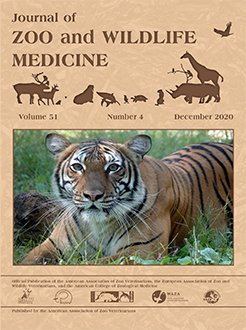Beginning 01 January 2016, for all animals transferred into the collection, Disney's Animal Kingdom used a risk-based process that relies on pathogen hazard identification and then assessment and mitigation of the risk for each identified pathogen hazard. Data on morbidity, mortality, and disease introduction was compared for birds transferred in pre– and post–risk-based processes used during the period 2013–2018. When assessing morbidity within 3 mo of acquisition, logistic regression revealed that birds entering “straight to collection” had lower morbidity rates than those entering with either “standard quarantine” or “risk-based standard quarantine” methods (P = 0.032). Mortality within 3 mo of acquisition was not significantly different between straight-to-collection and standard quarantine or risk-based standard quarantine methods (P = 0.40). In addition, no transmissible pathogens of concern were introduced with acquired birds using either method. Implementation of a risk-based approach to animal transfers between zoos and aquariums may be an alternative method that does not pose a greater risk to animal morbidity or mortality while still protecting the collection from disease introduction.
How to translate text using browser tools
12 January 2021
COMPARISON BETWEEN STANDARD ZOO QUARANTINE PRACTICES AND RISK-BASED MANAGEMENT OF ANIMAL TRANSFERS: A RETROSPECTIVE ANALYSIS OF AVIAN ACQUISITION MORBIDITY AND MORTALITY (2013–2018)
Kanyon M. McLean,
Mandi W. Schook,
Geoffrey W. Pye
ACCESS THE FULL ARTICLE





